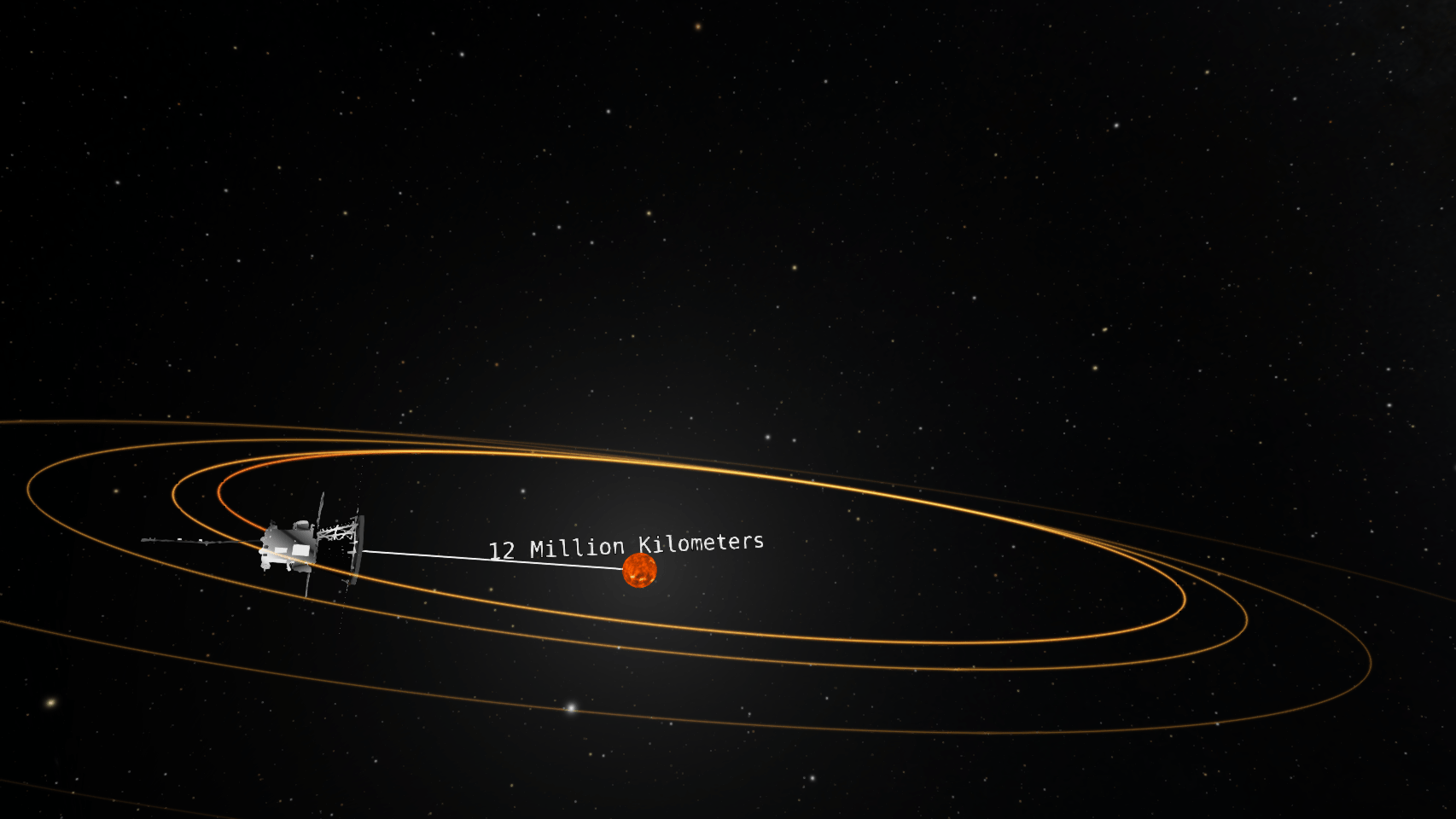2 min read
In January, the American Museum of Natural History (AMNH) hosted its monthly planetarium program, offering attendees an insightful journey into the study of our solar system's star. On January 23, 2024, Dr. Nour Raouafi, project scientist of the Parker Solar Probe and astrophysicist at the Johns Hopkins Applied Physics Laboratory (APL), shared how the Parker Solar Probe is changing what we know about the Sun. Dr. Raouafi began by delving into the history of heliophysics, including Eugene N. Parker's groundbreaking predictions about solar wind. He then highlighted how recent results from the Parker Solar Probe play a crucial role in discovering significant space weather occurrences that can impact our life on Earth. The event attracted over 400 attendees, who were able to continue their learning with take-home materials, including an official paper craft model of the spacecraft.
The planetarium lecture was enhanced with visuals from OpenSpace software. Through collaboration with Dr. Raouafi, software developers used spice kernels from NASA’s Planetary Data System to visualize updated positioning of the spacecraft. This allowed attendees to view where the Parker Solar Probe was on a certain date – including its Venus Flyby on October 3, 2018. Attendees were reminded that the Parker Solar Probe is still on the move and will be the closest we’ve ever been to the Sun on December 24, 2024.
OpenSpace is supported by NASA under cooperative agreement award number NNX16AB93A and is part of NASA's Science Activation Portfolio. Please visit https://www.openspaceproject.com/ to learn more.








